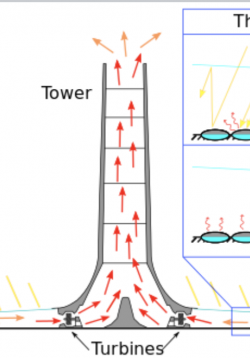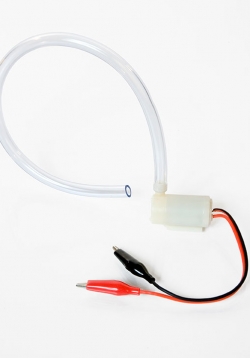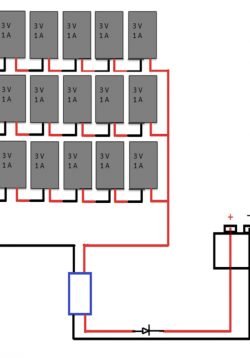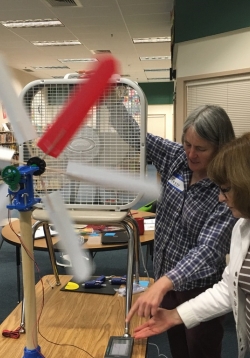Engineering a Hot Pack
Through a series of inquiry activities, students will discover the properties of the chemical reaction of dissolving CaCl 2 in water, the effect of stirring, and of adding baking soda and sodium polyacrylate crystals. Once initial data is collected,...






